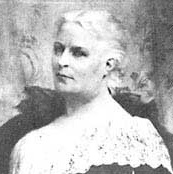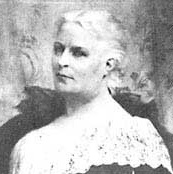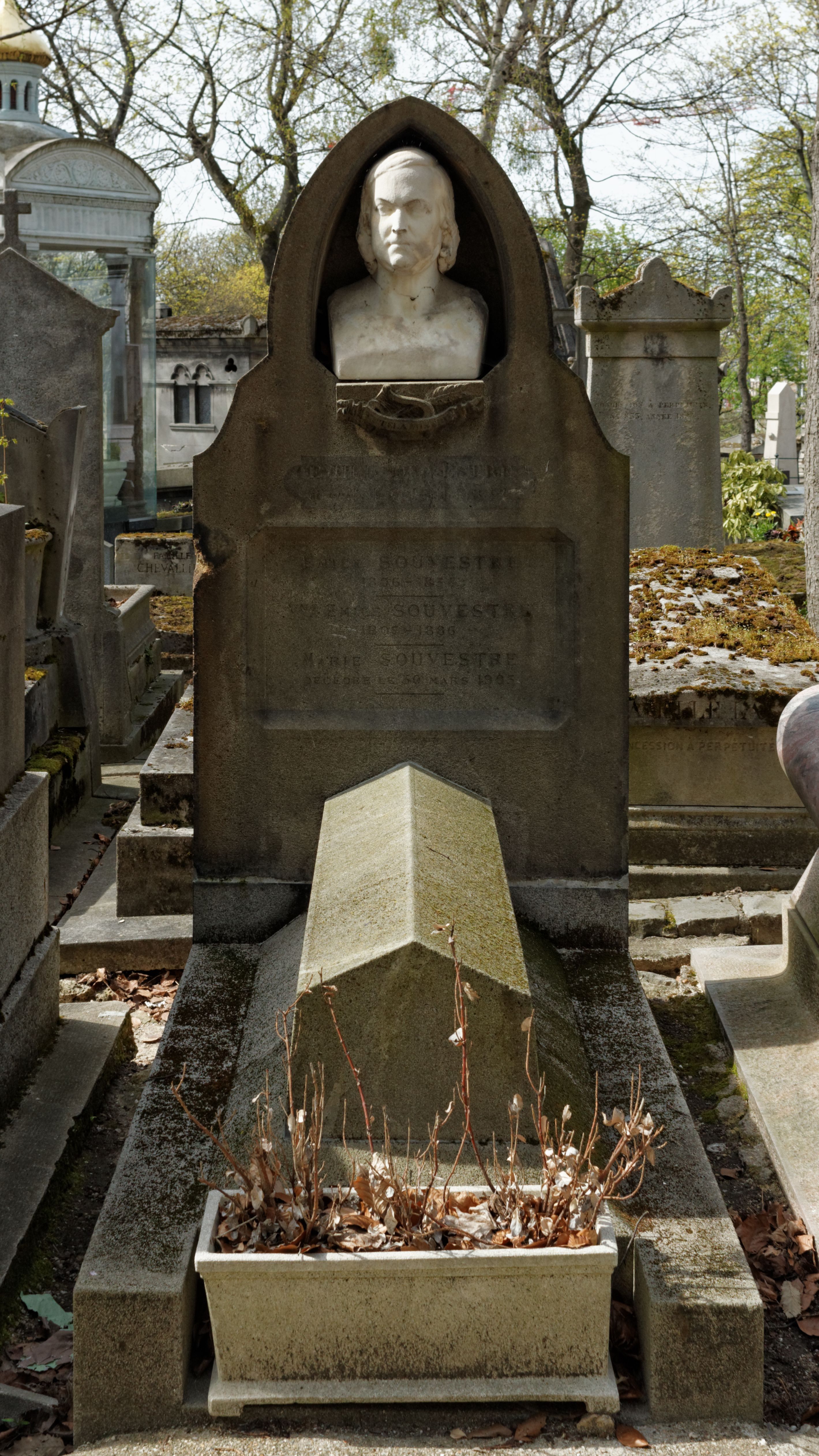ER thrived on Souvestre's intellectual method, which stressed rigorous analysis and independent thinking. She also responded to Souvestre's humanism and commitment to human justice. Watching Souvestre fight for seemingly lost political and social causes, Eleanor wrote many years later, "I think I came to feel that the underdog was always the one to be championed." Souvestre also introduced ER to the settlement movement (privately funded inner city institutions that provided education and social services to immigrants and the urban poor), which Eleanor later became part of through her work with the Rivington Street Settlement House in New York City. In addition, Souvestre also taught ER the pleasures of independent travel, which gave ER great confidence and influenced her own subsequent love of travel.
ER wanted to stay on at Allenswood for another year, but her grandmother insisted that she return home in 1902 to make her debut in society. Eleanor complied, but she and Souvestre maintained a correspondence until Souvestre's death in March of 1905, shortly after Eleanor's marriage to Franklin Roosevelt. Thereafter Eleanor kept Souvestre's portrait on her desk and carried her letters with her.
Gleaned from several sources
ER thrived on Souvestre's intellectual method, which stressed rigorous analysis and independent thinking. She also responded to Souvestre's humanism and commitment to human justice. Watching Souvestre fight for seemingly lost political and social causes, Eleanor wrote many years later, "I think I came to feel that the underdog was always the one to be championed." Souvestre also introduced ER to the settlement movement (privately funded inner city institutions that provided education and social services to immigrants and the urban poor), which Eleanor later became part of through her work with the Rivington Street Settlement House in New York City. In addition, Souvestre also taught ER the pleasures of independent travel, which gave ER great confidence and influenced her own subsequent love of travel.
ER wanted to stay on at Allenswood for another year, but her grandmother insisted that she return home in 1902 to make her debut in society. Eleanor complied, but she and Souvestre maintained a correspondence until Souvestre's death in March of 1905, shortly after Eleanor's marriage to Franklin Roosevelt. Thereafter Eleanor kept Souvestre's portrait on her desk and carried her letters with her.
Gleaned from several sources




